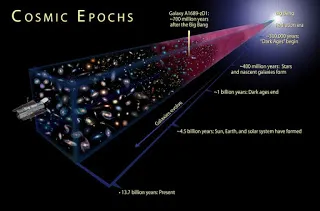The galaxy is not usually scattered in the universe. But it is often seen in the group too. Which are in the curved parts of large groups known as Super Colors. In general, within our mind, the question is, how did these structures come into the universe? Gathering together in your worlds, giving birth to stars or stars forming first? Why is gravity attracted to each other to form galaxies?

All these facts can be developed with the revolutionary ideas that can dramatically change our understanding of the origin of the Universe. According to the current knowledge of mankind, there is a great explosion of knowledge on a large scale. Originally created from the universe, the vast explosion (Bigbang) has all the space and time all values and energy existed. Thereafter, heat was created for elements to form the universe for many thousands of years. So it has a combination of subatomic particles and radiation.
As it became clear for the universe point where it became transparent for radiation, it became freezing. In which the first hydrogen and helium atom were formed. Images taken by NASA's Cosmic Bankagenet Explorer show that cosmic particles and clear sea of radiation showed the first signs of the initial structure.
We are out of our galaxy from the existing telescope area. Astronomers study both middle-aged and mature galaxies. When NASA's Hubble Space Telescope was directed at a small speck of the Acacia for 10 days. The resulting images received a detailed view of the initial universe. The image includes bewilded assortment. The evolutionary tanks include 1500 galaxies, some spirals, some young stars. Most of the stars are hidden by dust clouds.